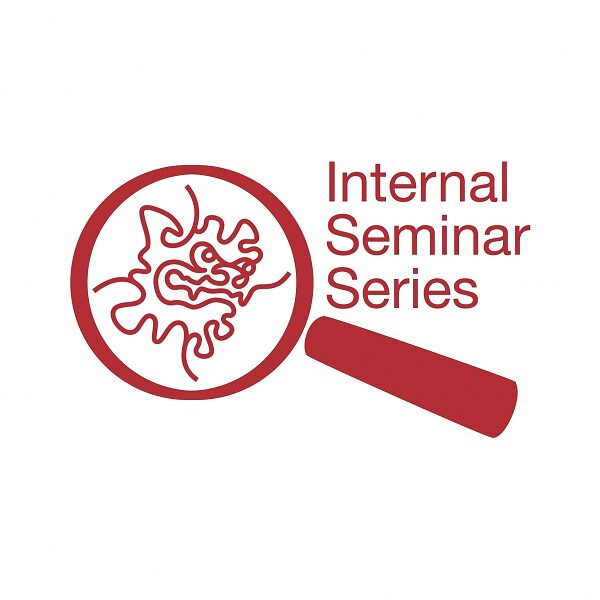Internal Seminar: Takahashi Unit and Yazaki-Sugiyama Unit

Date
Location
Description
Join us for February's second Internal Seminar Series on Feb. 20, from 17:00 to 18:00 in B250. This month's second seminars feature the Cellular and Molecular Synaptic Function Unit (Tomoyuki Takahashi) and the Neuronal Mechanism for Critical Period Unit (Yoko Yazaki-Sugiyama).
Cellular and Molecular Synaptic Function Unit (Tomoyuki Takahashi)
Speaker : Kohgaku Eguchi
Title : Excess alpha-synuclein impairs the fidelity of synaptic transmission by slowing vesicle endocytosis at calyx of Held synapses
Abstract : The soluble protein α-synuclein is highly localized in neuronal presynaptic terminals, and is thought to play critical roles in the pathologenesis of the neuronal disorder synucleinopathy, including Parkinson's disease (PD) because its expression level is several times higher in familiar PD in proportion to PD symptoms.
To address the impact of excess α-synuclein on synaptic transmission, we acutely loaded the recombinant human α-syunclein directly into the presynaptic terminals at calyx of Held synapses of rats. α-synuclein loading (3.6 μM) had no effect on basal synaptic transmission, but slowed the recovery of EPSCs from synaptic depression caused by a train of repetitive stimulation, and significantly reduced the fidelity of transmission during sustained high frequency stimulation. In membrane capacitance measurements at the calyx of Held terminal, α-synuclein had no effect on calcium currents or exocytic capacitance change evoked by a depolarizing pulse, but significantly slowed the endocytic capacitance change. This effect of α-synuclein was rescued when the microtubules depolymerizing drug nocodazole was co-loaded with α-synuclein. Furthermore, nocodazole co-loading rescued the slowed recovery of EPSCs after synaptic depression as well as the transmission fidelity during sustained high frequency stimulation. In vitro assay indicated that α-synuclein induces microtubules polymerization, with its effect being reversed in the presence of nocodazole. We conclude that excess microtubules formation induced by α-synuclein inhibits vesicle endocytosis and trafficking, thereby impairing the transmission fidelity during prolonged high frequency.
Neuronal Mechanism for Critical Period Unit (Yoko Yazaki-Sugiyama)
Speaker : Shin Yanagihara
Title : Memory in the bird’s brain: experience-dependent sharpening of neural responses in a songbird auditory cortex.
Abstract : Juvenile songbirds form memories of tutor songs during a sensory learning phase, and then gradually match their immature vocalizations to memorized tutor songs using auditory feedback. To see if there is a memory trace of tutor-song experience, we explored response discriminability in zebra finch auditory cortex neurons to tutor songs. We chronically recorded extracellular, single-unit activity from the caudomedial nidopallium (NCM) (the songbird higher auditory cortex) of awake, behaving juvenile zebra finches (n = 340 neurons). Neuronal responsiveness to a variety of song stimuli, including tutor songs (TUT) and their bird’s own songs (BOS), were recorded and analyzed to assess selectivity for each song. Consistent with a previous study, the NCM contained two distinct neuronal populations in regard to spike waveform: broad-spiking (BS) and narrow-spiking (NS).
We found that tutor song experiences strikingly alter response selectivity of BS neurons. Before having tutor song experience, both BS and NS neurons non-selectively responded to multiple song stimuli. In contrast, after >3 days of tutoring, a subset of BS neurons exhibited a highly selective auditory response to the TUT (13%, n = 27 neurons). We also found another subset of BS neurons that selectively responded to the BOS (12%, n = 25) or to both (4%, n = 9). In contrast, 96% of NS neurons were nonselective even after tutoring, and we found no TUT-selective NS neurons.
Interestingly, as reported in cortical sensory neurons, neuronal selectivity to the experienced song was regulated in NCM by local GABA inhibitory circuits. Song-selective BS neurons also developed responses to other song stimuli following local injections of the GABAA receptor antagonist, gabazine. BS neuron selective responses were also modulated by arousal state, which is reported to alter neuronal excitatory/inhibitory balance. Neurons that responded exclusively to TUT or BOS when birds were awake, also responded to other songs when birds were asleep. These data suggest that auditory experience, mediated by local GABA inhibitory circuits, shapes selective responses to a learned song.
Subscribe to the OIST Calendar: Right-click to download, then open in your calendar application.



